Long Street
Long Street Baths
The 33,3 yard Long Street swimming pool during the 1931 South African swimming and water polo championships.
The Long Street baths in Cape Town are typical of Victorian English architecture. Indoor swimming pools were a hallmark of the era, often built as part of larger bathhouses or health facilities. Before the Long Street pool was built, there was an indoor pool right on the beach in Camps Bay, and another in Claremont.
The Long Street Baths are a mix of Victorian, Edwardian and Art Nouveau architecture, and the lettering on signage reflects a long history of changing needs, times, rules and ideas. The 25-metre pool was built in 1908, and around 20 years later, the Turkish baths were added on. Here, people could come for a steam bath and a massage. This service has fallen away in recent years.
The hand-wringing that almost saw the baths being obliterated in the 70s came to a head when a resolution was made in 1985 to improve the facility. In 1990, the city council spent R2.2 million, adding a glass section on the east wall with an outside area for bathers to sit in the sun.
Over the years, swimmers in the city had to rely on this antiquated facility for winter training, as it was the only heated pool available. Clubs were allocated one lane each and had to share the space with the public.
For over a hundred years, the swimming pools at the top of Long Street have provided generations of Central City swimmers with a place to play, relax and perfect their stroke. In the early years, after the facility was built in 1908, the pools were also known as the “slipper baths” because at that time many of the blocks of flats in the area did not have bathrooms, so people would walk over to the baths in their slippers to have a shower. In 1926, the Turkish baths were added, allowing people to escape the drizzle of winter or the howling southeaster of summer for an authentic hammam experience that included a cold plunge pool, hot saunas and a massage.
Today, although the Turkish baths no longer enjoy the services of an in-house masseur, they still provide an oasis of peace in the busy centre of the city. Almost equidistant between mountain and sea, the baths are located at a crossroads at the top of the city’s main entertainment thoroughfare, within sight of museums, restaurants, bars, hotels, a church and a mosque. This cosmopolitanism is reflected in the users of the baths, which have always included a diverse cross-section of city residents.
This is still true today: the pool and saunas of the Turkish baths are frequented by locals, tourists, business people, pensioners and schoolchildren alike.
Coaching clinic hosted by Cecil Colwin. Swimmers include Christopher Hugo-Hamman, Derek Young, Heinie van Zyl, Gordon Haddow, Norman Brown and David Roberts.
Photos from Marion Naisby - Long Street Baths, Cape Town shortly before renovations in 1989.
-
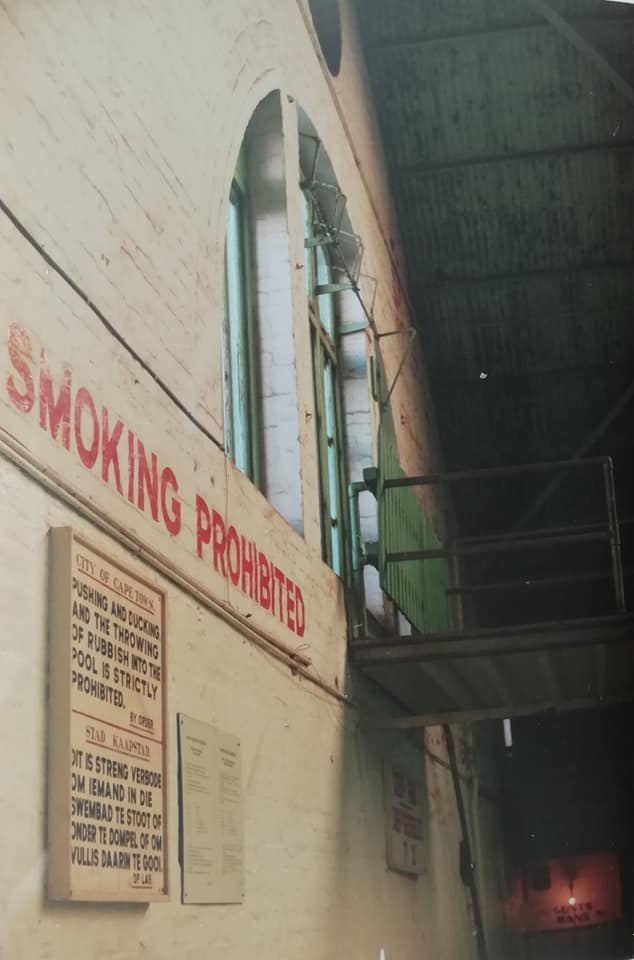
67064613 442599899912094 6470177294357889024 N
-
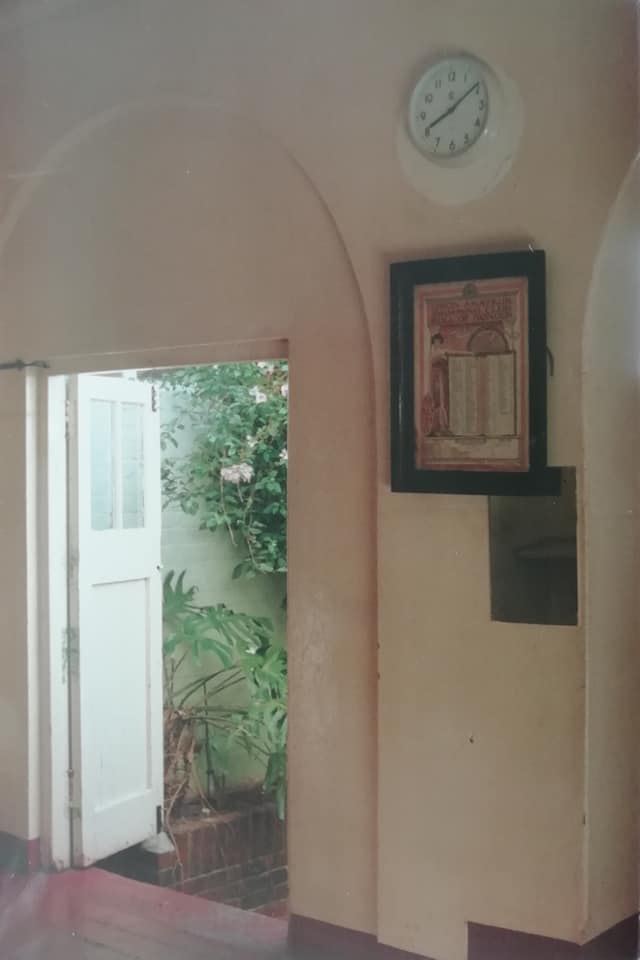
67106044 442599709912113 5864884276272562176 N
-
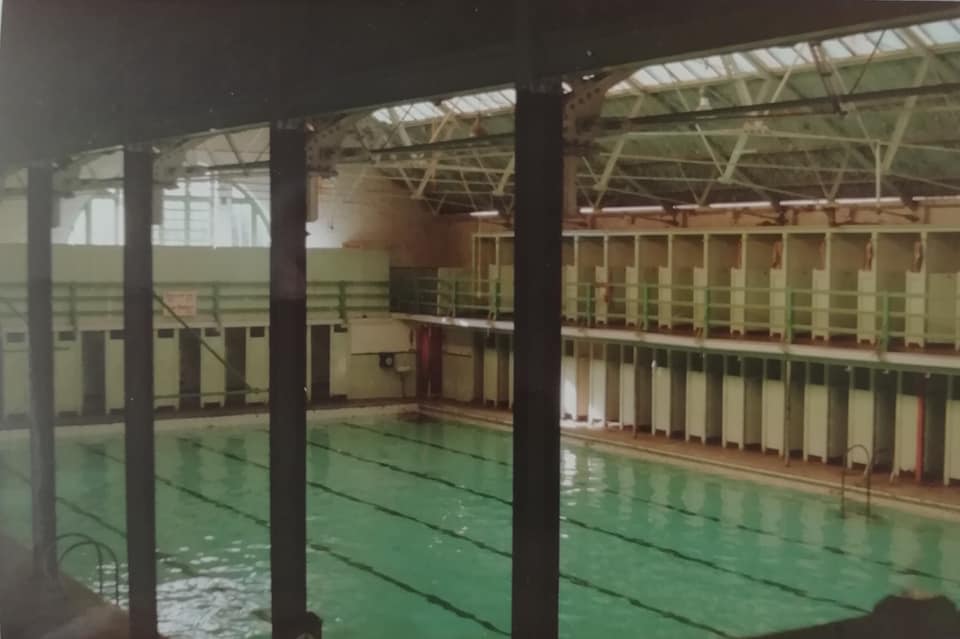
67120465 442599829912101 5220473984545456128 N
-
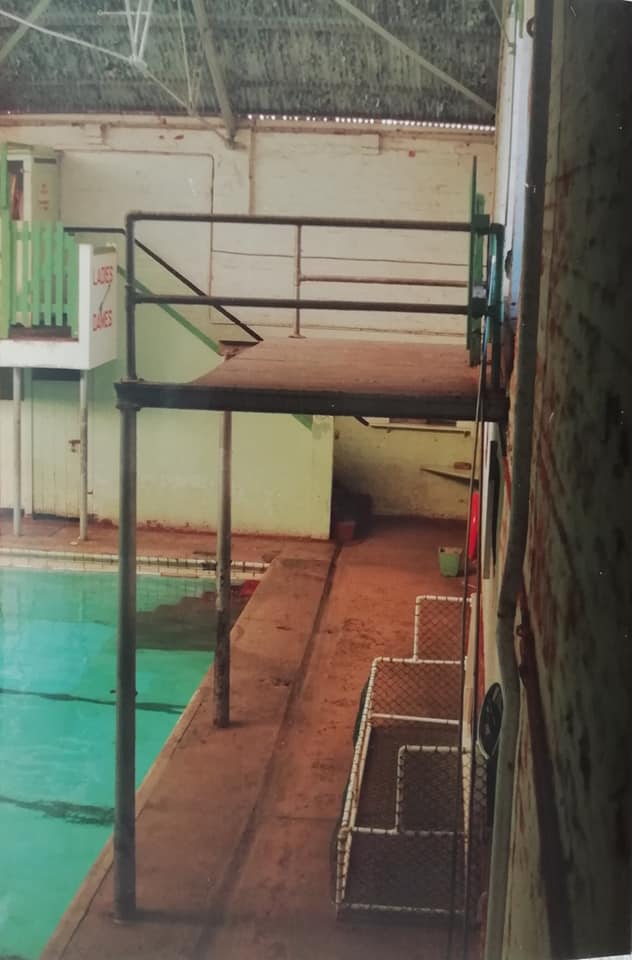
67120797 442599803245437 1943062291545063424 N
-
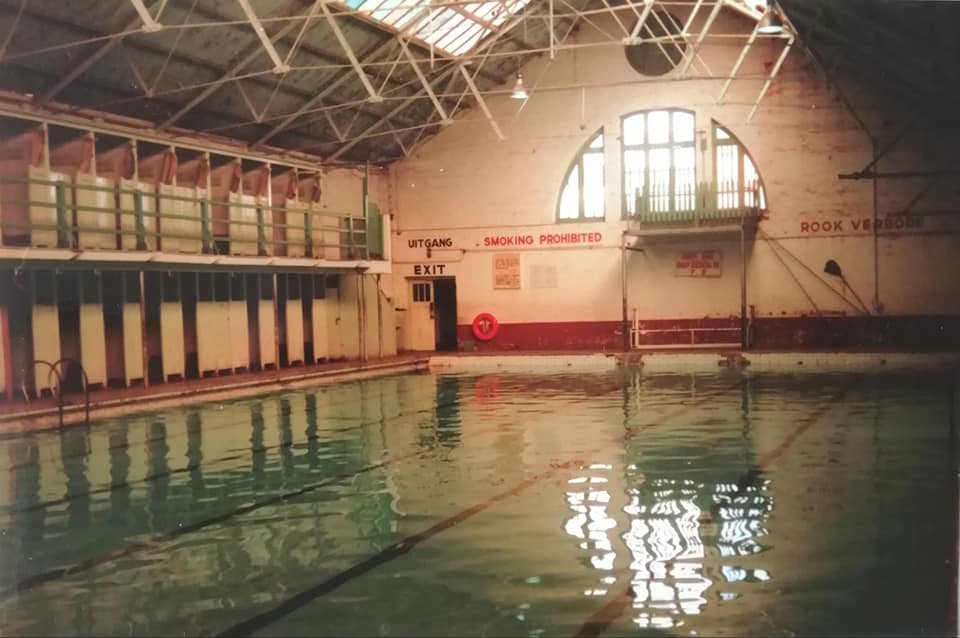
67121134 442599866578764 2120480823537827840 N
-
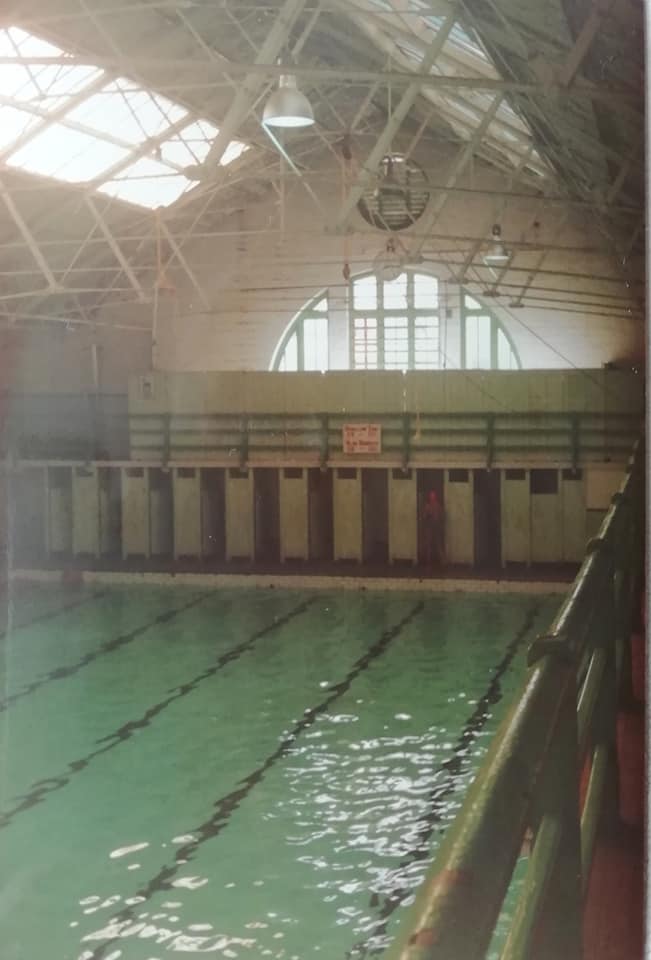
67208343 442599736578777 5671240285548445696 N
-
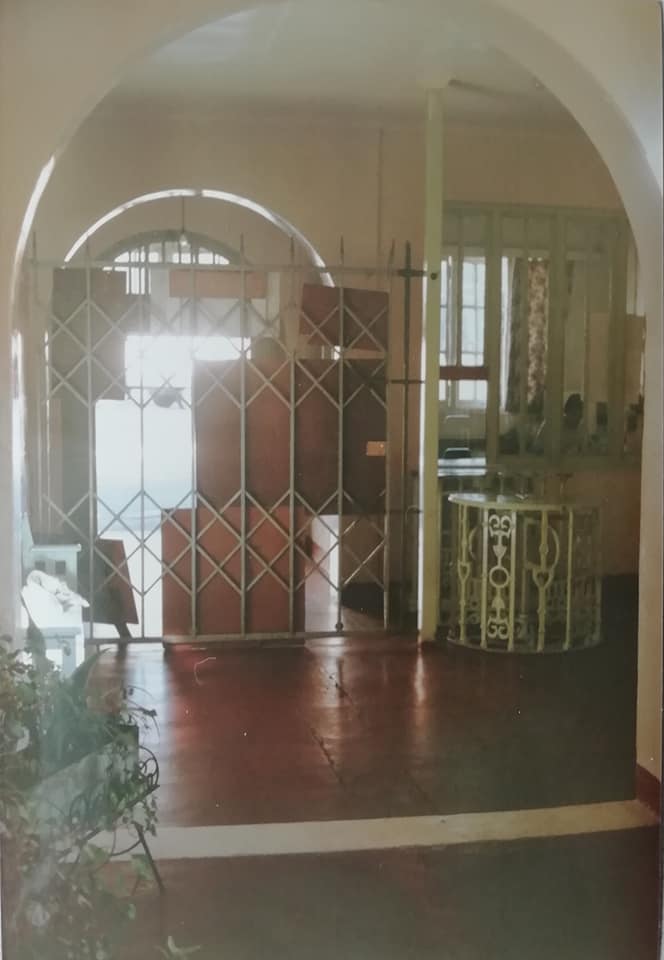
67317152 442599679912116 1880327198901010432 N
-
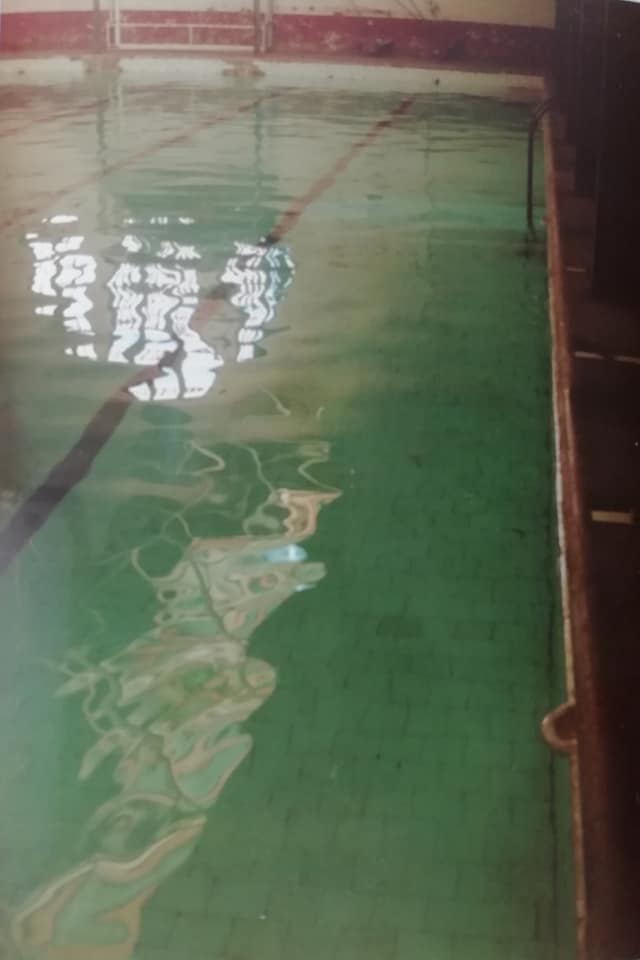
67403206 442599766578774 6348644460208848896 N
-
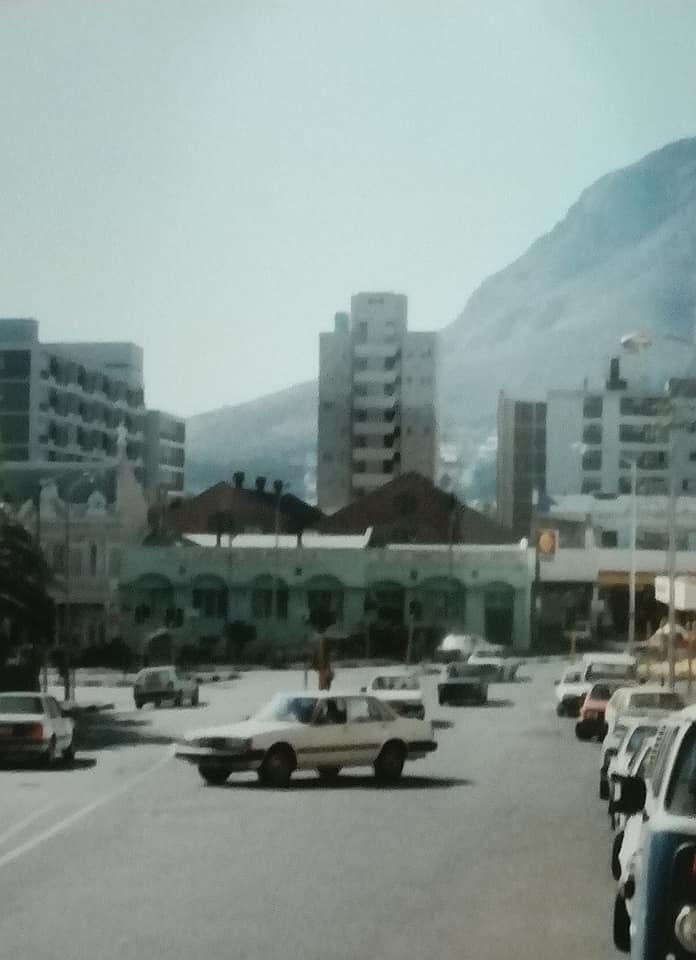
67515235 442599639912120 3552047213465042944 N
-
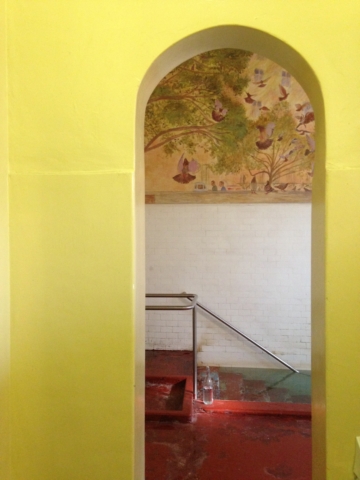
In 1990, the Long Street pool was renovated.
- Hits: 683